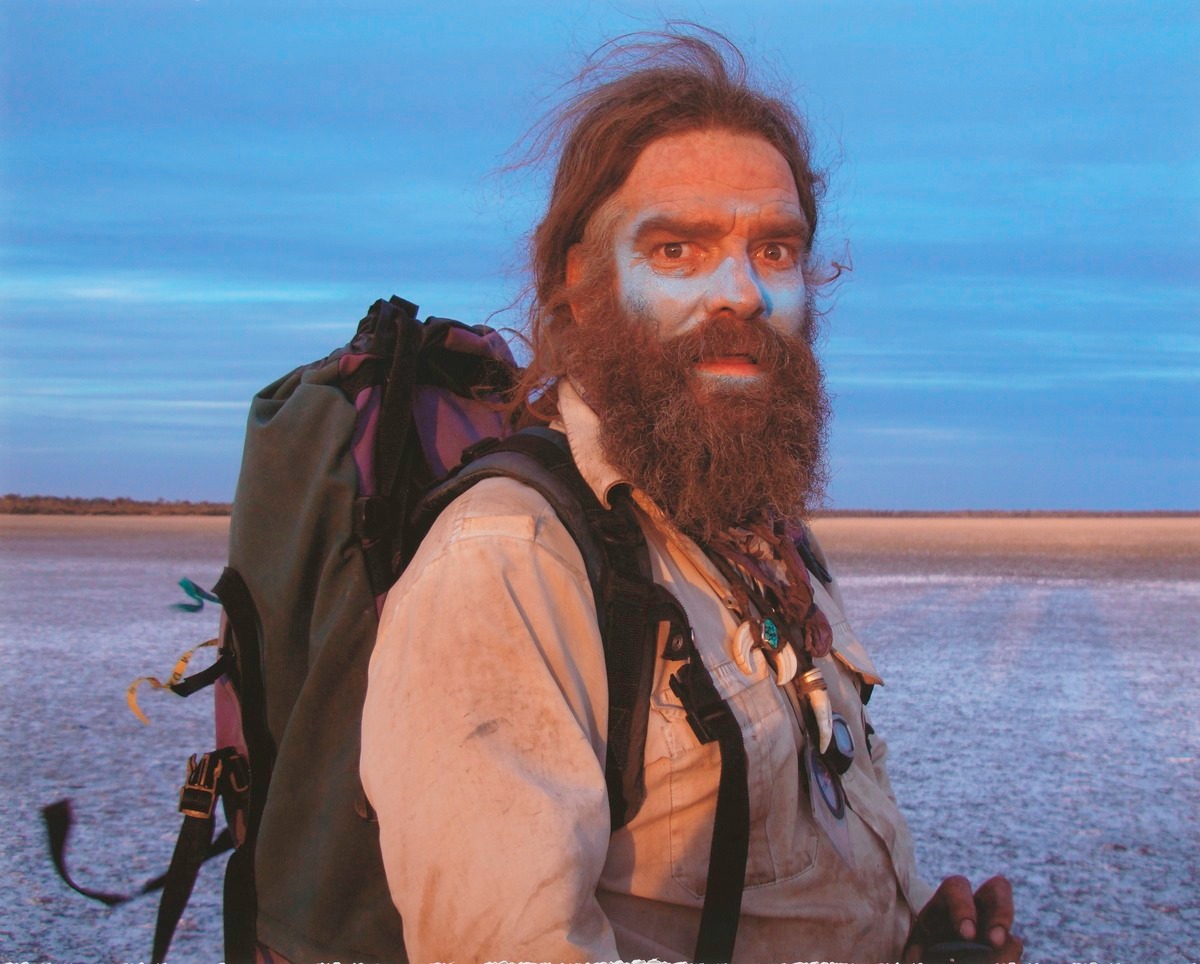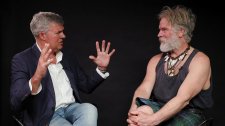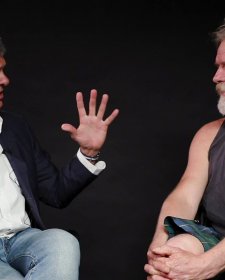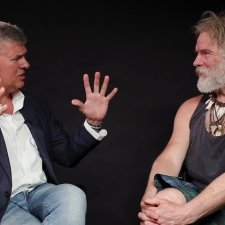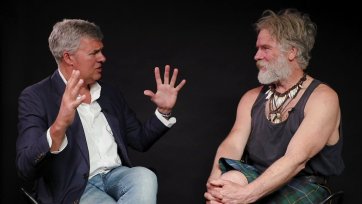In 2001 I was alone for 128 days. It was a self-imposed isolation that came in the form of a quest to walk solo across the continent of Australia, hunting and gathering along the way, using only my own energy to get me there. I’d never felt so alone before, but it wasn’t loneliness – rather an incredible sense of aloneness. For 24 years I’d been a professional adventurer, but this journey tested my endurance like no other.
In 1988 I climbed Everest, at a time when the mountain had been scaled fewer than 100 times since the ascent by Tenzing Norgay and Edmund Hillary, and camaraderie and climbing expertise were still intrinsic to mountaineering. I remember standing on that summit alone, looking out over the vast brown Tibetan plateau. Similarities with my home continent sparked the seed of an extreme adventure, and a challenge immensely more difficult than climbing 8848 metres to the roof of the world. What about walking across Australia, through three of her deserts, alone and unassisted? Without re-supply, support vehicles or beasts of burden?
After thirteen years of shorter forays into the arid interior, learning Indigenous food gathering and water collection, I was set for my fourth attempt to cross Australia, on foot, having been frustrated by equipment failure and unfavourable weather events on my three previous endeavours. Four months alone, foraging and hunting as I went, was a bit like layering the current social isolation with a menu of feral cat and termites (on a good day), months without showering, sometimes drinking water from puddles polluted by dead animals, and losing a third of my body weight.
This extreme social isolation also provided an opportunity for deep self-reflection, which is uncommon within the usual pace and distraction of the modern world. Throughout my lifetime of adventure, I’ve had many times being alone, where, inevitably, challenging aspects of myself begin to emerge. While initially difficult, facing my own demons, so to speak, and accepting those uncomfortable parts of myself is ultimately a healthy experience and one which brings me back into balance.
Many other solo journeys led up to my 128 days alone. Without the previous numerous, shorter experiences of solitude, reflection and acceptance of self, I think I would have been overwhelmed.
After the first two weeks I started to melt into the landscape and become like any other wild creature. I had to continually read every nuanced change in the environment to stay alive, and it underlined in stark terms for me what was most important in life. Those things that many of us take for granted everyday: water, food, shelter and companionship.
My experience of social isolation during this time, as well as on previous expeditions, was that it allows for deep connectedness to nature. It is a way of being that has almost been forgotten during the past century of industrial growth and urban spread, but which I believe we all hold in our collective memory from previous millennia of hunting, foraging and growing food.
The natural world is our real home – far more than the civilisation we have constructed for ourselves, which is but a small blip in an eternal web of life – and one we have to start valuing now as if our lives depend upon. Because they do.
Walking alone across Australia for four months gave me plenty of time to think. I came to see that we were experiencing a global ‘tragedy of the commons’ where the environmental ‘capital’ that sustains us was being dangerously eroded to the point of collapse by our addiction to consumption.
We need a radically different set of values if we are to avoid catastrophe. Is COVID-19 our opportunity to slow down and reflect on a fundamentally different world? A world where we return to highly valued localised home economies, such as food-growing and making tools by hand; where we walk to our places of work instead of commute for hours; where we share or barter surplus food with our neighbours; where we live in rhythm and harmony with nature’s provenance.
In this new post-COVID world, fossil fuel-powered international travel and trade might look less savoury; so too the mining and extraction of non-renewable resources from the earth and sea, and the outsourcing of our survival requirements – food, water and shelter – to countries that don’t necessarily care about our survival.
As we emerge from this crisis, we will be at a reckoning point in our collective survival. Can we make better economic choices in order to create sustainable living habits that might actually prevent the catastrophic collapse of our entire civilisation?
This time in social isolation is the perfect moment to begin to experiment with living differently.
I still interact every day with the nature that I am a part of, as a hunter, gatherer and grower of food. I observe what it takes to stay in balance with my non-human environment. I harvested 30 buckets of potatoes from the vegetable garden over the past week; bottled 250 jars of tomatoes, apples and pears; and I’m about to gather around 120 pumpkins – all of which will last us through to the next growing season and beyond.
And while I was doing all that I was physically active; my mind was relaxed, curious and engaged; and the ants, chickens, magpies, wrens, and even the wind and the clouds, were keeping me company. Welcome to this beautiful, brave new world.
